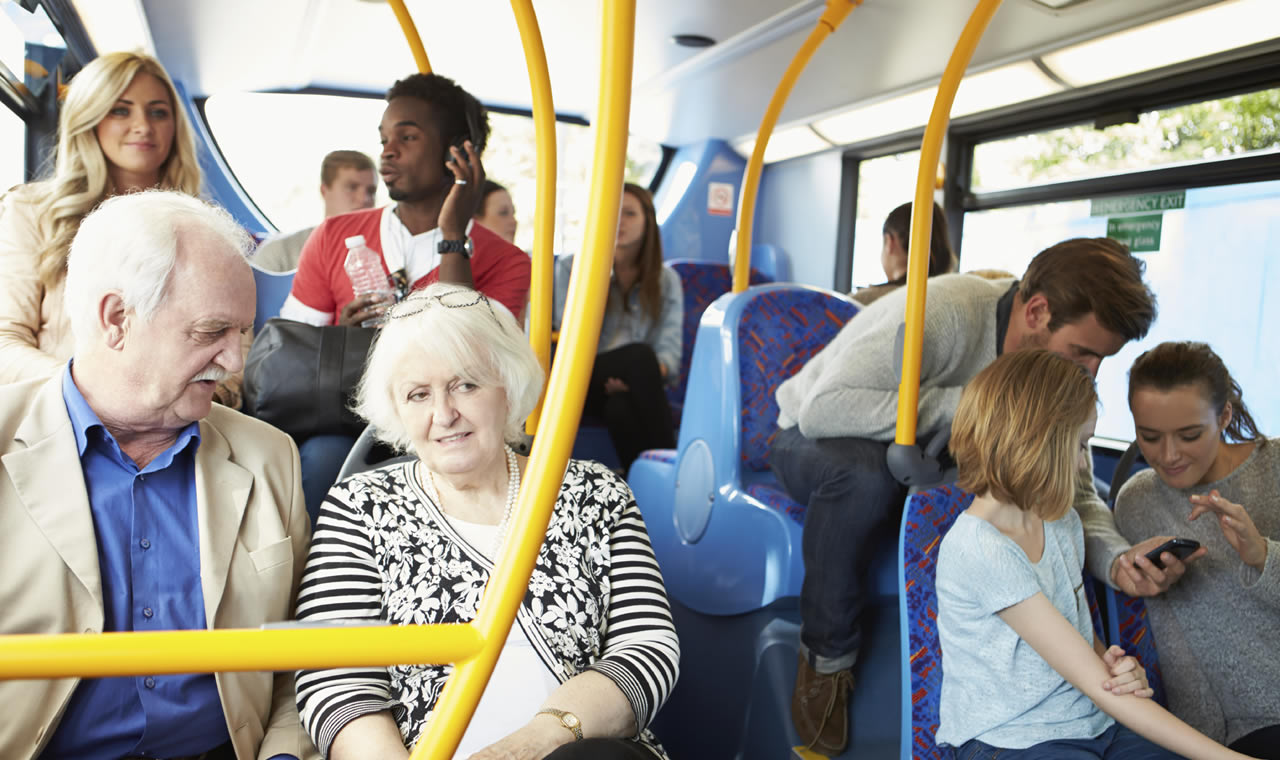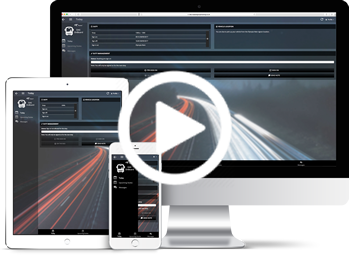Demand Scheduling: The Future of Bus Networks
(This article first appeared in routeone magazine, March 19th, 2021)
Recovery from Covid-19 was never likely to be easy or straight forward for the public transport industry. We have endured ridership levels at an all-time low – and the latest lockdown will place yet more strain on the sector. Even with the promise of vaccines starting to be fulfilled, uncertainty will remain part of our lives for some time.
In these circumstances, the stark reality is that we simply cannot afford to run our buses in the same way we did in the past.
I believe there is an urgent requirement to radically overhaul existing processes to maximise bus network efficiency. But the good news is that I am certain we now have tools that will enable us to do so.
Introducing Demand Scheduling
For decades bus networks have operated in much the same way with buses running on pre-planned routes at scheduled times or intervals. There is nothing wrong with this – when the services are well aligned with demand. However, when demand becomes scarce, variable or less predictable – as it clearly has over the past year – a different approach may be required.
It is vital we ensure we are not driving inefficient or unprofitable miles. To do so, we need an approach which I like to call ‘demand scheduling’. I have been working on this concept with colleagues for the past few months and we have identified two ways in which we can make operations more demand based.
‘Part Route’ Demand Scheduling
Existing legislation enables operators to run flexible services. By applying flexibility to traditional fixed routes, we can ensure that some parts only run when there is demand – which passengers can then indicate via an app, with advance payment to prevent abuse.
Though this may sound simple conceptually, in reality such ‘Flex’ routes require a different way of thinking. Bus operators adopting this approach would need to move away from traditional schedules in favour of a headway-based timetable, similar to that operated in London.
By utilising Automatic Vehicle Location (AVL) data, operators would then be able to flex the entire network in real time, staggering arrival times to regulate service, in doing so ensuring that not only is live demand satisfied, but also ensuring the overall network operates with maximum efficiency.
This approach also benefits passengers, for whom the bus experience becomes much more demand based. In effect it is rather like ‘hailing’ a bus – but one that is completely integrated within the wider transport network.
‘Full Route’ Demand Scheduling
Not only can we make parts of a route flexible; we can also make entire routes dependant on demand.
Imagine a scenario where demand for a route is completely removed (for example, as we are seeing at the moment in response to the national lockdown). With the likelihood of continued uncertainty for some time to come, this kind of demand scheduling would enable operators to reduce costs while managing variable demand.
The way to do this is to publish a specific route as ‘demand-based’, and make passengers aware that it will only run when passengers require it. The route can be registered as such with the Commissioner, indicating a ‘hail and ride’ approach.
Interestingly, in the Middle East, passengers use this kind of approach with interactive bus stops where they can ‘hail’ buses, as well as requesting a journey via an app from a smart phone or tablet, similarly to the tech that is currently available in the UK.
I believe that this interactive bus stop model would work in the UK’s dense cities, where small vehicles could lay over and be available to service multiple routes on demand. Such services, which still use existing routes and stops, would effectively fill the grey area between today’s buses and taxis.
Making Demand Scheduling a Reality
Demand Scheduling is a way of flexing a network which has previously always been rigid, enabling buses to be far more efficient and compete with ridesharing. Flexible services can be far more efficient, accessible and manageable. Meanwhile, passengers can feel empowered, in control, and assured they will never miss a bus again.
Three elements would be required to make Demand Scheduling a reality:
- A way to manage flexible route communications between the operator and passengers, such as the ‘Rides on Demand’ app recently launched by TripSpark (Trapeze’s sister company in North America), which can be integrated with Trapeze’s existing solutions.
- A real-time messaging system, enabling operators to communicate with and manage drivers, such as Trapeze’s OnBoard and Duty Allocation System.
- A flexible scheduling system, such as Trapeze’s Novus SchedulePlus, to integrate data and feed schedules in real time.
My Trapeze colleagues and I are in the process of identifying a UK bus operator to pilot this technology. If you are interested in helping to validate this concept and transforming the way bus networks run, myself and my colleagues would be delighted to hear from you.

About the Author
Gavin John is Trapeze’s Scheduling Solutions Manager, having previously worked in the industry as a driver and Assistant Operations Manager. He is a Chartered Member of the Institute Logistics and Transport (CMILT), and Member of the Transport Planning Society (MTPS).
Here to help
Contact us and speak with one of our specialists:
+44 (0) 808 281 1039
More Info
About Us | Careers | Contact Us | Legal | Privacy
(c) 1999 – 2021 Trapeze Software ULC. All rights reserved
Trapeze Group respects your privacy

